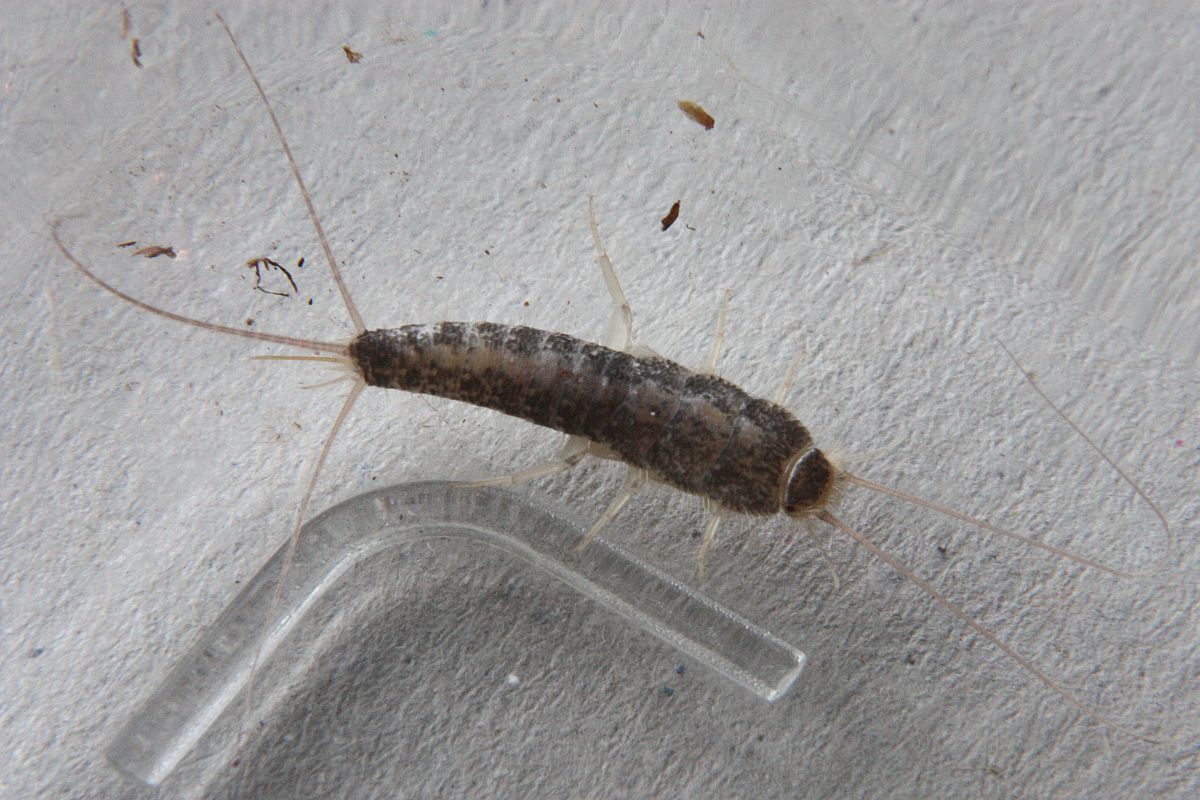2016 BUTTERFLY REPORT FOR
SOUTHERN VANCOUVER ISLAND
Jeremy Tatum
This short unofficial report is a summary of butterfly observations made in 2016 within the southern Vancouver Island birdwatching area and submitted to the Victoria Natural History Society’s Invertebrate Alert Website
www.vicnhs.bc.ca/?cat=8
I am not planning to produce a printed version, but if anyone would like one, let me know (jtatum at uvic.ca) and I’ll see what I can do.
This report does not include the many butterfly observations reported from Vancouver Island in 2016 outside the area described above (for full definition, see any issue of the Annual Bird Report). This restriction means, unfortunately, that some notable sightings from outside the area are not included, such as the spectacular discovery by Devon Parker of Johnson’s Hairstreak in the Jordan River area. Nor does it include the results of the Monthly Butterfly Counts organized by Gordon Hart, which cover the area of the Victoria Christmas Bird Count Circle and which are usually published in the March/April issue of the Victoria Naturalist. It is hoped that this report, as well as the Monthly Count data, will give readers some idea of the dates when and places where our several butterflies can be found,
PROPERTIUS DUSKYWING
Erynnis propertius
First reported on April 20 at Hector Road. Apparently common only until April 27, after which there were just a few late stragglers until the last sighting, on Mount Tolmie, on May 11. In the previous year, 2015, the first sighting was on April 5. We are left wondering why the Propertius Duskywing in 2016 was apparently common only for a week, and why there were no reports earlier in April. Was this a lack of Propertius Duskywings, or a lack or reports of Propertius Duskywings? A subtle distinction!
PERSIUS DUSKYWING
Erynnis persius
The only report was of three at Spectacle Lake on May 22 – the first reported sighting of this species in the area in recent years.
TWO-BANDED GRIZZLED SKIPPER
Pyrgus ruralis
There were reports of at least six butterflies in 2016, from April 10 to May 22, localities being Prospect Lake, Munn Road, Highlands, Kinsol Trestle, and Spectacle Lake.
ESSEX SKIPPER
Thymelicus lineola
Several were seen at Swan Lake on June 7, being the first report of this species in 2016 – the same date as in 2015. The last report (not necessarily the last butterfly!) was on July 5, when there were still five at Panama Flats, so there may well have been a few more after this reported date. During June they were among our commonest butterflies. 25 were counted at Swan Lake on June 19. One pale specimen of the form “pallida” was reported from Cuthbert Holmes Park, July 2.
WESTERN BRANDED SKIPPER
Hesperia colorado
Up to three were found – and photographed – at Cordova Spit during the period July 30 to August 7. Attempts to find the caterpillar have still been unsuccessful.
WOODLAND SKIPPER
Ochlodes sylvanoides
Reports of this abundant species from July 13 to September 11. During August it was so abundant that many observers were reduced to reporting simply “many” or “lots”. While widespread, the species seemed to be particularly abundant in the grassy meadows inland from Island View Beach.
DUN SKIPPER
Euphyes vestris
One reported from the Malahat, June 9, and two from Spectacle Lake, June 26.
CLODIUS PARNASSIAN
Parnassius clodius
One or more seen at the Kinsol Trestle, June 4. One at Spectacle Lake, June 26.
ANISE SWALLOWTAIL
Papilio zelicaon
All reports are: One, Mount Douglas, June 4 and June 19. One, Mount Tolmie, July 20, and one there August 7.. One, Island View Beach, July 26.
WESTERN TIGER SWALLOWTAIL
Papilio rutulus
Unlike 2015, when none were seen until May 8, reports of Western Tiger Swallowtails started from April 18, and the species was common and widespread throughout May, June and July. Fourteen were counted at Swan Lake on June 7. On June 19, 11 were counted there as well as eight on Mount Douglas. Numbers fell off during August, the last being one on Mount Tolmie on August 11. One young (second instar?) caterpillar was spotted at McIntyre Reservoir, July 25.
PALE TIGER SWALLOWTAIL
Papilio eurymedon
Sightings from April 21 to July 2, very close to the corresponding 2015 dates. During this period the species was seen almost daily, six at a time being reported from Lake Cowichan Highway on June 7. A full-grown caterpillar was found on alder (hence presumed to be probably this species) on Mount Sicker on September, and on October 1 a chrysalis was found attached to the truck of an alder (hence again presumed to be this species).
PINE WHITE
Neophasia menapia
Sightings from July 6 to September 13. Not a great year for the species, although on July 20, 17 were counted at Royal Roads University and nine near Royal Colwood Golf Club.
MARGINED WHITE
Pieris marginalis
Three seen at the usual location along the railway line north of Cowichan Station, July 16, nectaring on Herb Robert Geranium robertianum.
CABBAGE WHITE
Pieris rapae
Reports of this abundant butterfly from March 23 to November 3, on which date three were found in different locations, being the last adult butterflies of the year. (A Mourning Cloak at Little Qualicum on November 6 was outside the area covered by this report!). 25 Cabbage White butterflies were counted at Glen Lake Road, May 25, and 39 on Mount Douglas on June 19. They were described as “numerous” at Panama Flats on July 5, while by July 25 clouds of hundreds were at the Martindale Island View cabbage fields. Ovipositing on Sea Rocket Cakile sp. was noted at Weir’s Beach on September 16. Cabbage White caterpillars were found as late as November 11, on Sinapis arvensis in the Martindale-Island View area.
SARA ORANGETIP
Anthocharis sara
The first report of the year was of one on Mount Douglas on March 5. The last ones reported for the season were three at Malahat Station on May 8. Common and widespread between these dates.
ORANGE SULPHUR
Colias eurytheme
One was photographed by AC at Turkey Head, August 29.
WESTERN SULPHUR
Colias occidentalis
While we don’t have any details, one was said to be in a garden at Prospect Lake for a week around June 24.
PURPLISH COPPER
Lycaena helloides
Very few records of this once common butterfly. All reports are from Island View Beach, and are as follows. Three there, May 24. One, July 31. One ovipositing on Polygonum paronychia, September 4. One, September 12. These dates suggest that the species is probably bivoltine.
CEDAR HAIRSTREAK
Mitoura rosneri
Records were from April 18 (one day earlier than in 2015) to June 19. Locations included Goldstream Park, Goldstream railroad tracks (where a spectacular 29 were seen by AC on May 30), Munn Road, Highlands, Spectacle Lake, Kinsol Trestle. Unlike 2015, there were no reports from July or August.
WESTERN BROWN ELFIN
Incisalia iroides
One ecloded from a 2015 pupa on the very early date of February 25, even though the pupa had been kept outside all winter. This would be the first butterfly of the year, though not the first genuine “wild” one. Another emerged from a 2015 pupa on the more reasonable date of April 3. Otherwise records of this common small brown job were from April 1 to June 7. An egg was found on Gaultheria at Munn Road during a VNHS field trip. Nine adults were counted along the Lake Cowichan Highway on June 7.
MOSS’S ELFIN
Incisalia mossii
Records from April 1 to 21. Most were sightings of singles, though “several” were seen at Camas Hill on April 3. Other locations included Highlands, Munn Road and Spectacle Lake.
WESTERN PINE ELFIN
Incisalia eryphon
The only records of this hard-to-find species within the boundaries of the area covered by this report were one at Goldstream Park on April 18, and one at Sooke Potholes on May 9.
GREY HAIRSTREAK
Strymon melinus
Records from March 29 to August 6. Mostly singles, except for three on Christmas Hill on March 31. Other locations were Mount Tolmie, Thetis Lake, Malahat, Mount Douglas, Fort Rodd Hill, Oak Bay.
WESTERN SPRING AZURE
Celastrina echo
This is one of our commonest spring butterflies, and certainly the commonest blue. Sightings of adults from throughout the area from March 29 (Mount Tolmie) to 10 on the Malahat, June 9, and a late sighting of one at Roberts Bay on July 10. Numerous everywhere, 30 were counted at Goldstream Park on April 18, 29 at Hector Road, April 20, a dozen at Munn Road on April 27, and a dozen at Sooke Potholes on May 9. A caterpillar was found at Blenkinsop Lake on July 10.
SILVERY BLUE
Glaucopsyche lygdamus
Four were seen at the Colwood exit off Island Highway on April 28. Six were seen there during a VNHS field trip on a slightly blustery May 1, when eggs were evident on the young lupin flowers. One was seen at Spectacle Lake on May 19. It might be worth investigating other lupin patches on at the sides of highways.
BOISDUVAL’S BLUE
Icaricia icarioides
One or more were seen in the Spectacle Lake area, May 19, and 15 were counted there on May 19. One was seen at Boas Road during a June 5 VNHS field trip. Two were seen on the Malahat, June 9.
SATYR COMMA
Polygonia satyrus
One at Markham Road on February 25, and a Mourning Cloak on Sherwood Drive on the same date were the first butterflies of the year apart from a prematurely emergent reared Western Brown Elfin (q. v.). Nevertheless, this species, usually a common spring butterfly and certainly usually the commonest of the commas, was remarkably scarce during the year. On June 12 your compiler searched the nettles on Lochside Drive north of Blenkinsop Lake for caterpillars, which are usually plentiful there, but though there were many Red Admiral caterpillars there, I found only one Satyr Comma. I successfully reared it to adult; it emerged on July 1, and I released it, after photography, there on July 1. This was the only Satyr Comma that I saw in 2016. I saw no “wild” adults. Only four further sightings were reported to Invert Alert – One, Mount Douglas, March 5; one, Goward Park, March 16; one, photographed at Witty’s Lagoon, April 28; one, Highlands, May 31.
GREEN COMMA
Polygonia faunus
All records: One on Mount Tolmie, April 18. All other records – 2 on April 8, one on April 26, and one on May 1, were from Highlands District.
CALIFORNIA TORTOISESHELL
Nymphalis californica
An early record was of one photographed by Devon Parker on Burnside Road. March 5. Up to three were seen among the hill-topping nymphalids on Mount Tolmie and up to two on Mount Douglas in many dates from April 1 to May 13, and another hill-topper on Christmas Hill, March 30 – April 1. These and other hill-topping nymphalids usually have to be sought in the late afternoons and early evenings.
MOURNING CLOAK
Nymphalis antiopa
One at Sherwood Drive on February 25 shared with a Satyr Comma the title of first butterfly of the year, other than a prematurely emergent reared Western Brown Elfin (q. v.).
This was another good Mourning Cloak year, butterflies regularly hill-topping on Mount Tolmie from April 1 to April 20, though it was also seen at more widespread locations than the California Tortoiseshell. Thus during the period March 5 to June 24 Mourning Cloaks were seen at Blenkinsop Lake, Mount Douglas, Jutland Road, Wascana Street, Swan Lake, Government House, Francis/King Park, Highlands, Spectacle Lake, Beacon Hill Park, Bowker Avenue, Sooke Potholes, Prospect Lake.
MILBERT’S TORTOISESHELL
Aglais milberti
This seems to be rather an uncommon butterfly in our area, any sighting being regarded as an exciting event. The only reports were from Mount Douglas: One on May 9, June 9 and 10, and two there on June 27.
PAINTED LADY
Vanessa cardui
Up to three hill-topping Painted Ladies on Mount Tolmie – near the Jeffery Pine in late afternoons – from April 19 to August 29. Other reports were: Two on Mount Douglas, May 9; one at Turkey Head, June 20; one at Government House, June 21.
WEST COAST LADY
Vanessa annabella
One (not necessarily the same one all the time, of course) hilltopping on the Mount Tolmie reservoir from May 7 to August 29, providing excellent photographic opportunities. The only other location where the species was noted was one at Oak Bay Marina, June 3.
RED ADMIRAL
Vanessa atalanta
This was another excellent Red Admiral year, with copious sightings from many localities (even including Sidney Island) from April 1 to September 9 and even later – one at Fonyo Beach on October 11. Red Admirals were among the several reliable hill-topping nymphalids on Mount Tolmie during most of the summer. In mid-June there were dozens of caterpillars in the nettles along Lochside Drive all the way from Lohbrunner’s to Blenkinsop Lake.
HYDASPE FRITILLARY
Speyeria hydaspe
The only one reported in the area was from Spectacle Lake on June 26
FIELD CRESCENT
Phyciodes pratensis
One at Eddy’s storage facility on Stelly’s Cross Road on June 6. Five there, June 9.
MYLITTA CRESCENT
Phyciodes mylitta
This is not nearly as common a butterfly in our area as it was 20 years ago, and observers count it as an exciting event to find one. There were just three sightings reported from our area to Invert Alert during 2016. One was seen at Malahat Station on May 8, two seen at Spectacle Lake on May 22, and one along the Lake Cowichan Highway, June 7.
LORQUIN’S ADMIRAL
Limenitis lorquini
A common butterfly. Records from May 20 to August 8. 26 were counted at Swan Lake on June 7, and 15 there on June 19. A full-grown caterpillar was found on willow at Spectacle Lake on May 22. A 1st/2nd instar caterpillar (i.e. of the next generation) was found at on June 22 at Swan Lake on Black Hawthorn – an unusual foodplant. A hanging pre-pupal caterpillar was found and photographed on Ocean Spray near Spectacle Lake during a VNHS field trip on July 3. Two 1st instar caterpillars were found on willow at Swan Lake on July 20, and another on willow at King’s Pond, August 1.
LARGE HEATH (“Ringlet”)
Coenonympha tullia
Records from May 22 to September 4. The first sighting, May 22, was from Spectacle Lake. On May 27, 69 were counted at Quick’s Bottom and a further 53 a Viaduct Flats. Five were at the Interurban campus of Camosun College on May 27. Dozens were in the grassy meadows inland from Island View Beach from Late July to September 4.
ACKNOWLEDGEMENTS
This report is based on sightings of butterflies in the southern Vancouver Island birdwatching area reported to Invert Alert during 2016. I am grateful to all who did so.
The butterfly enthusiasts who sent us their records are listed here in completely random order. I am sure I will have missed out one or two. Apologies if I did – and do let me know, so that I can add you to the list!
Jeff Gaskin
Annie Pang
Aziza Cooper
Rosemary Jorna
Jody Wells
Nathan Fisk
Ron Flower
Val George
Devon Parker
Rick Schortinghuis
Mike and Barbara McGrenere
Bill Dancer
Gerry, Wendy and Steve Ansell
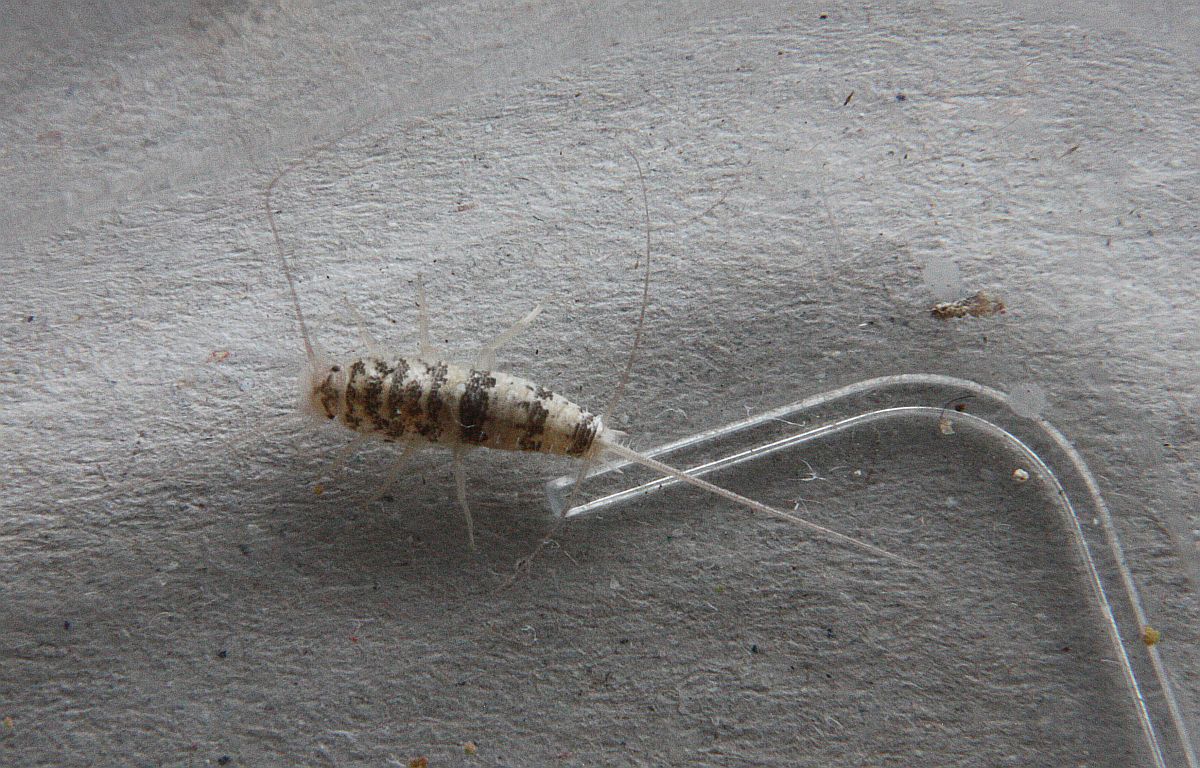
 Thermobia domestica (Thy.: Lepismatidae) Jeremy Tatum
Thermobia domestica (Thy.: Lepismatidae) Jeremy Tatum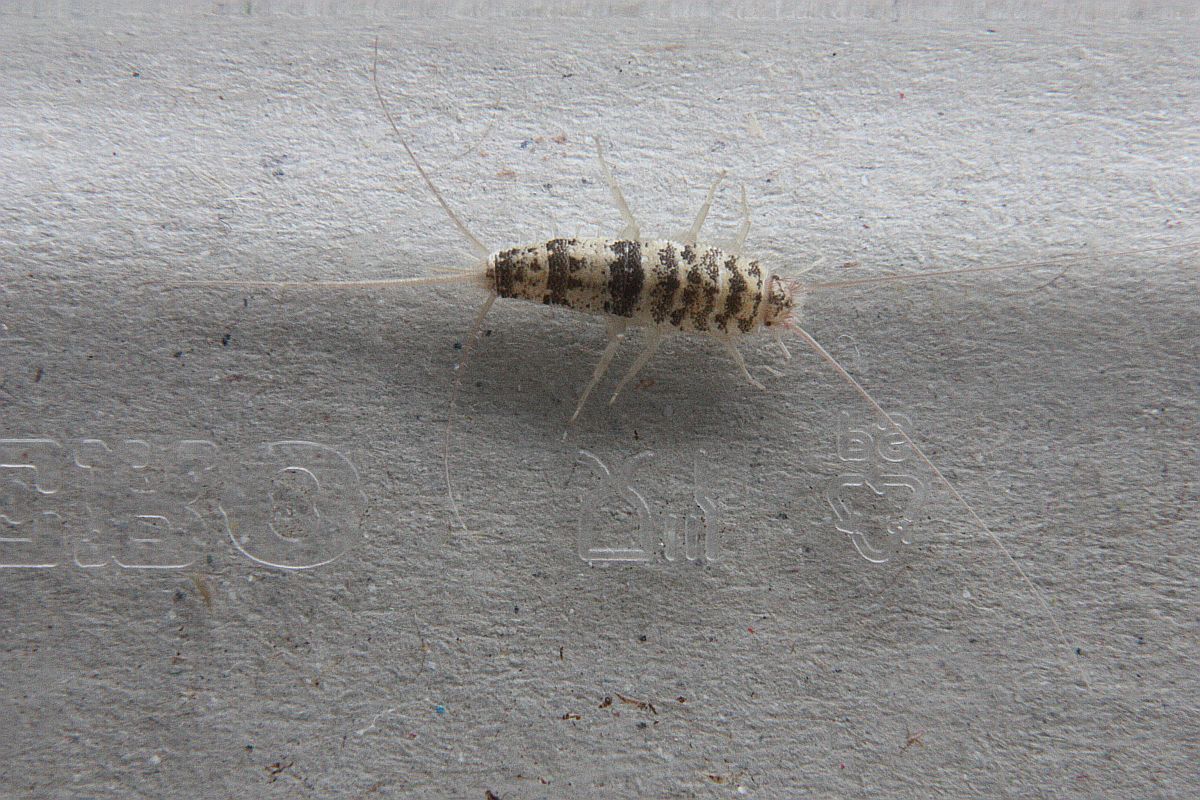
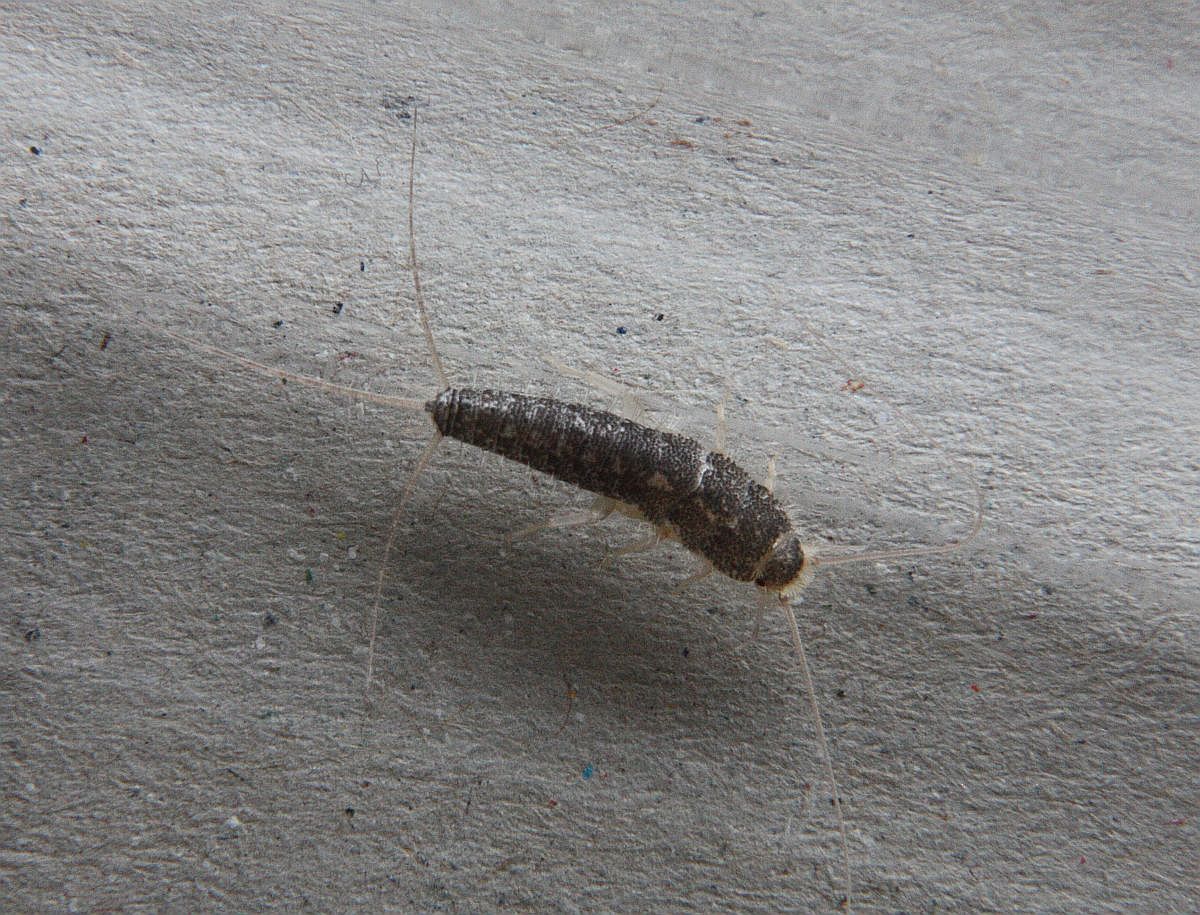


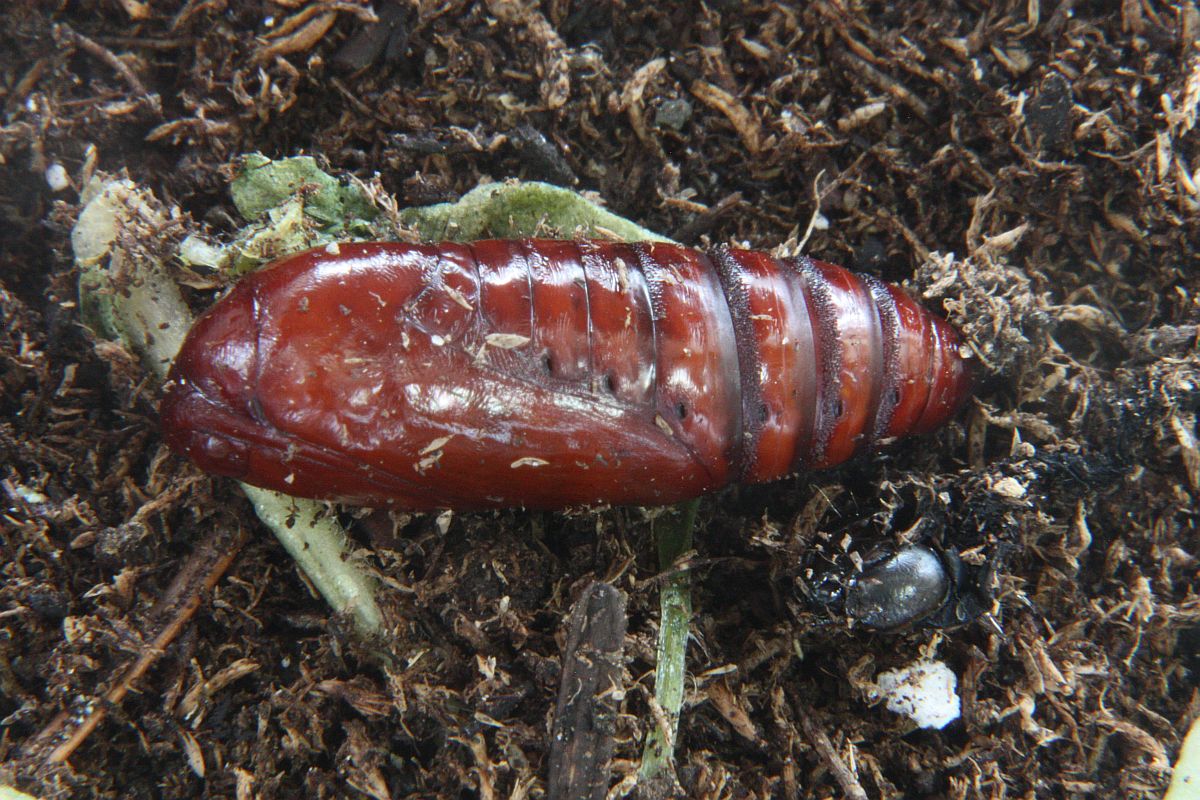
 Large Yellow Underwing Noctua pronuba (Lep.: Noctuidae) Jeremy Tatum
Large Yellow Underwing Noctua pronuba (Lep.: Noctuidae) Jeremy Tatum